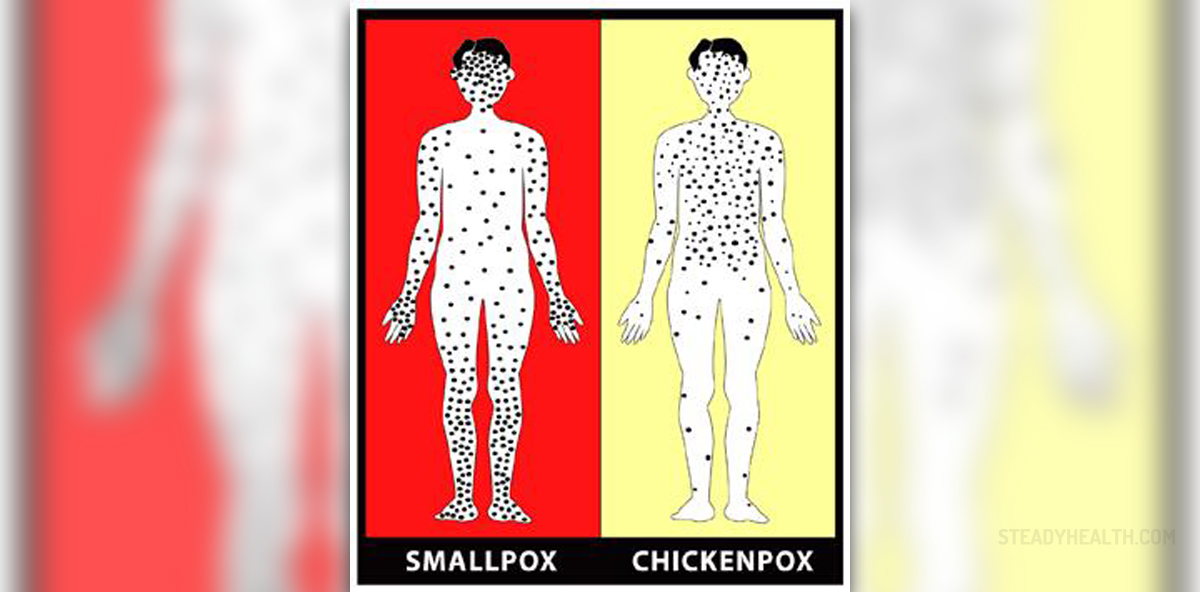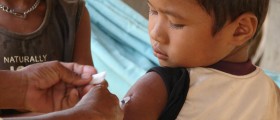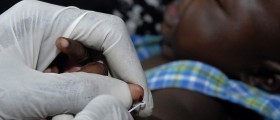
History of Smallpox
Anywhere between 15,000 and 70,000 years ago, smallpox originated from a virus that resembled variola in African rodents. The harsher variant of the virus, variola major, is believed to have come from Asia some time in the last 1000 years. A virus of lower intensity, alastrim minor, is thought to have developed in America and West Africa anywhere between 1, 500 and 6,500 years ago.
Viral Evolution
When it comes to the evidence of the viral existence in humans, the earliest ones actually date back to Egyptian mummies who are believed to have died 3,000 years ago. There is proof that smallpox also existed in India and China more than a 1000 years BC. Around the same time, people in India engaged in immunization processes. Evidence also exists to suggest that the Ancient Egyptian merchants brought smallpox to India where it had been a prominent disease for over 2000 years. It is unclear how the virus made it to China, but it is postulated that the Chinese took it to Japan during the first century AD, where in a span of two years killed one third of the entire population. Smallpox is embedded in ancient cultures and it has its place in religion. On the other hand, the ancient cultures of Europe, the Roman and the Greek, do not mention the smallpox, and neither do the Old or the New Testament. Many experts believe that it was the Arabs who brought smallpox to Europe in the 700 or 800s AD. During the Middle Ages there is little mention of the virus in Europe until the 16th century when it had spread throughout the continent. Smallpox usually affected children and it had caused epidemics killing up to 30 percent of those infected. In the 18th century, smallpox was the primary cause of death killing a little less than half a million individuals every year. In the Nordic countries, for instance, the virus was accountable for the deaths of 10 percent of children annually. Some forms of immunization were available to the upper class in England, China, and America, which decreased the force of the virus. Not until the inoculation started at the end of the 19th century that the impact of the disease was reduced. As far as Europe and North America were concerned the illness was kept in check but all over the rest of the world people were still affected by epidemic spreading of the virus. In addition, from Europe the virus had spread to other parts of the world. The Spanish explorers brought smallpox into the Caribbean where it had devastated the native populations, and aided the Spanish in conquering the land. Smallpox finally made to Australia in the late 18th and early 19th centuries. Being infected with variola minor substantially reduced the possibility that an individual would get infected by the harsher form of the disease. The symptoms of variola minor were relatively mild, and cases of death were rare.
Vaccination for Smallpox and Biological Warfare
At the beginning of the 19th century, the Spanish attempted one of the first regional inoculations by shipping the vaccines over to the colonies they had in the Philippines and America. Shortly after the American Congress followed suit by trying to make the vaccinations available to the public. In India, however, the British attempted a mass inoculation, but were unsuccessful due to the Indians’ lack of faith in the European vaccinations. In the mid-19th century, the American government organized a campaign to vaccinate the Native Peoples, while the British made vaccination compulsory. Massachusetts was the first American State to introduce mandatory vaccinations, and although there were many who detested the measures, they were widely successful in reducing the spreading and the death rate of smallpox. By the end of the 19th and the beginning of the 20th, smallpox had been brought down to minor levels in the developed world. By the mid 20th century, almost 50 million cases of smallpox were reported annually around the world. Epidemic spreading was managed by vaccination and quarantines. Many employed surveillance measures to monitor the outbreaks of smallpox in order to contain them. Most of the vaccines were provided by the US and the Soviet Union but by the latter part of the century the developing countries were also producing the vaccines. Still, vaccinations continued well into the 1970s as a precaution against new spreading. Past the 1980s, smallpox were a problem only in regions of Africa. An Australian microbiologist undertook the task of fighting the outbreak, but elements such as war, and famine made it very challenging. The last reported deadly cases of smallpox in Asia occurred in Bangladesh in 1975, when two children died. Interestingly, Australia and New Zealand never had smallpox in epidemic proportions nor did they ever immunize regionally.

















Your thoughts on this
Loading...